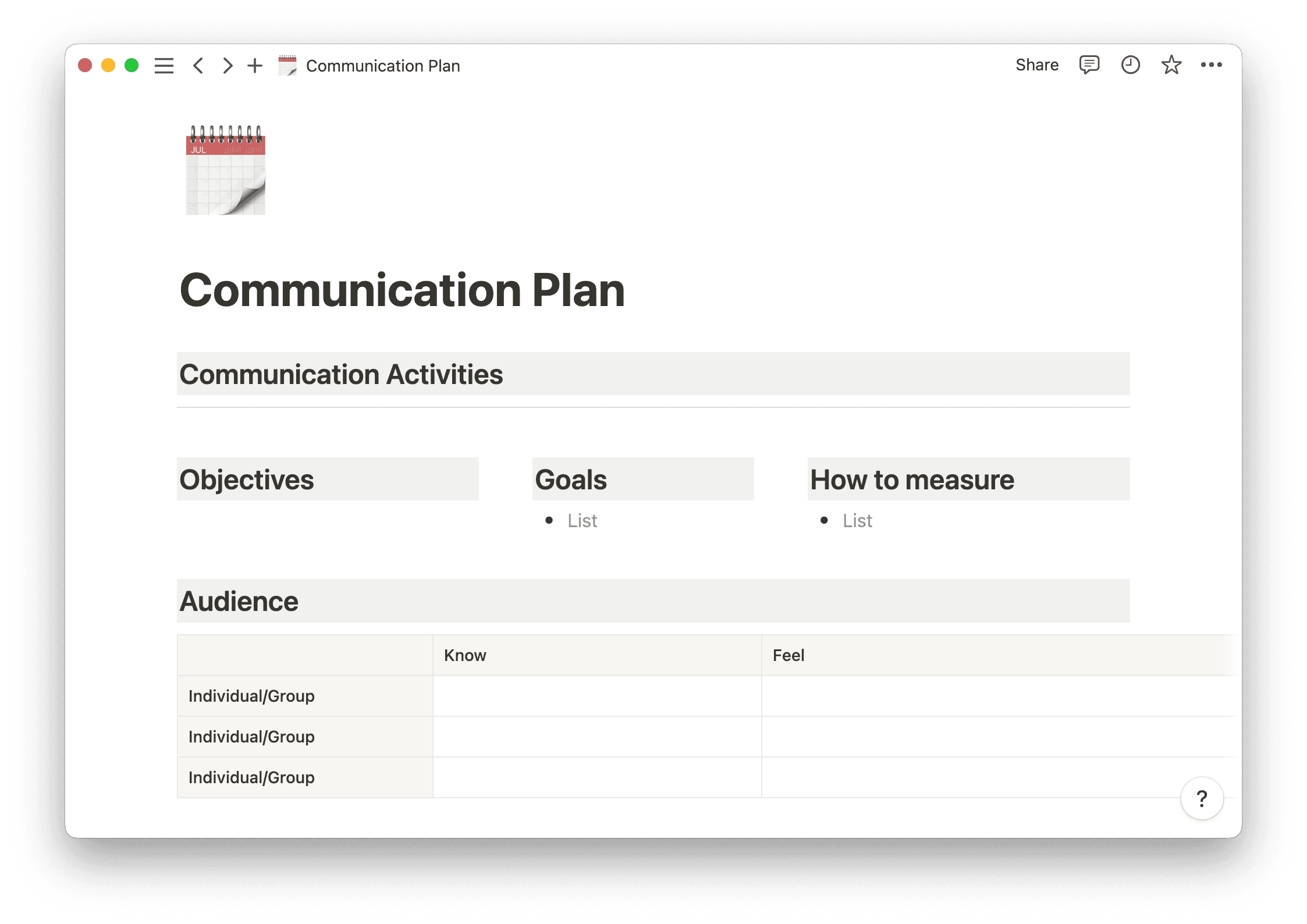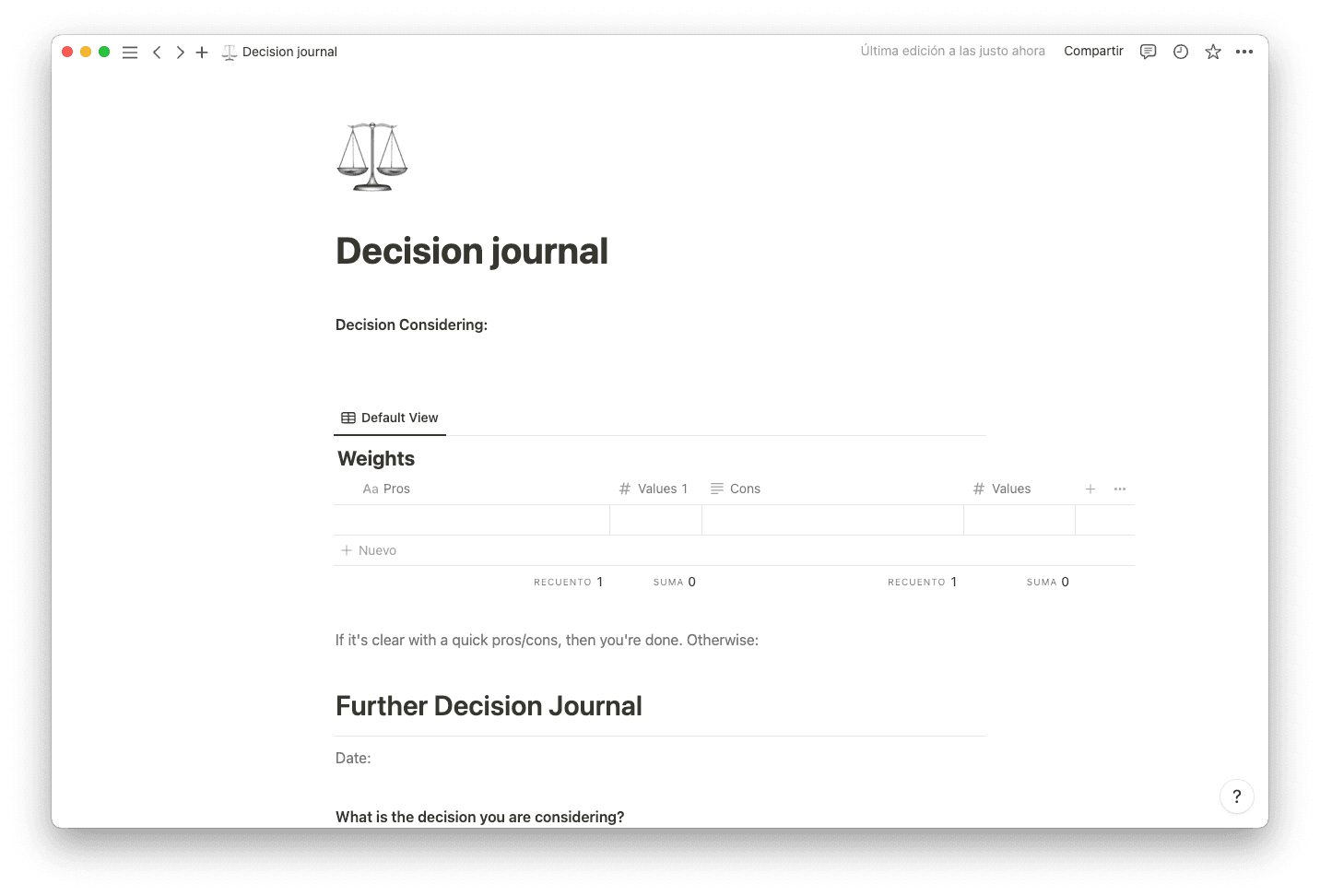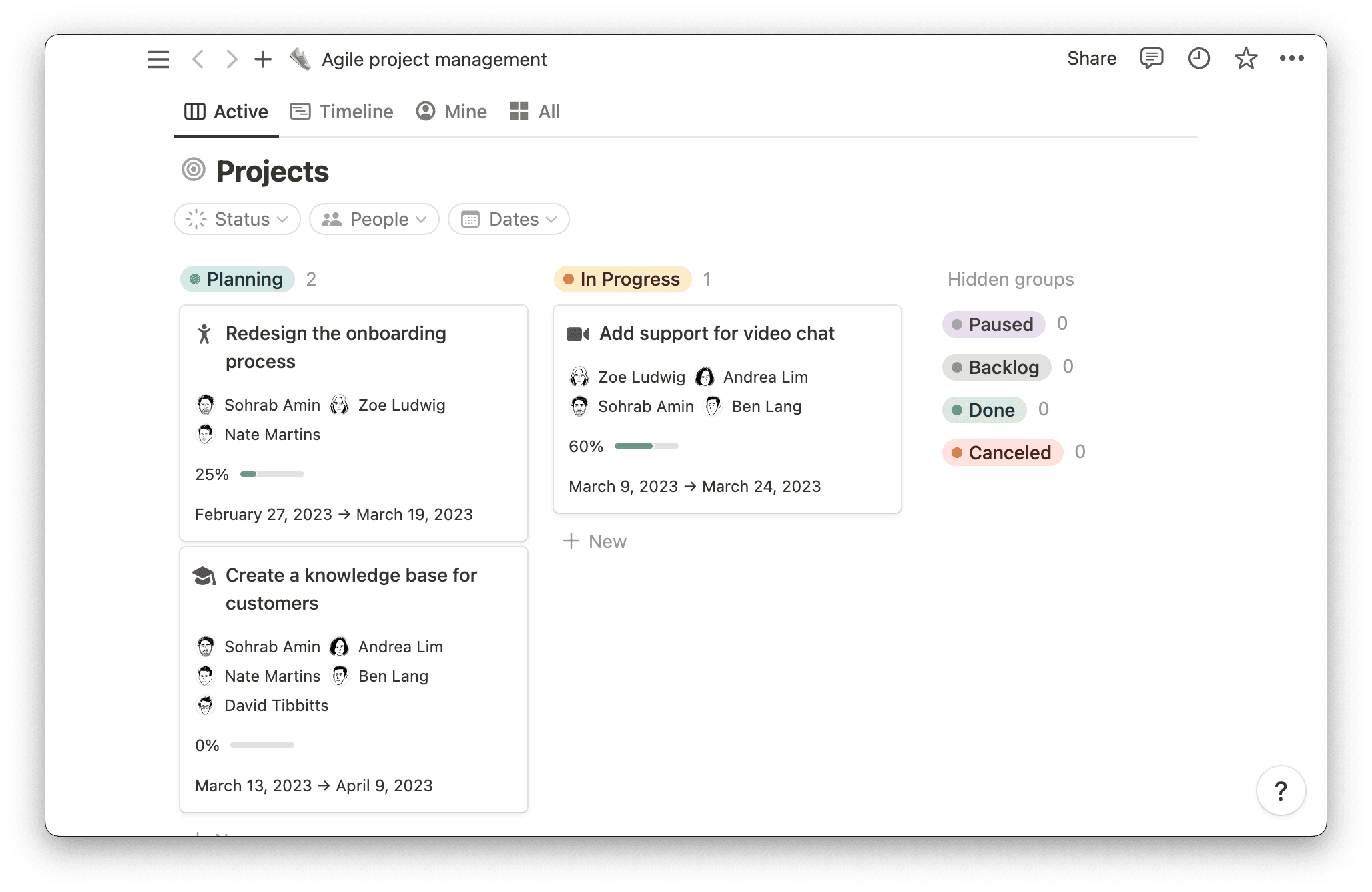A workplace is like a complex machine. Each part has a purpose and works in a unique way to support the overall operations.
When it comes to people, everyone has their own “work style” — a distinct pattern of behavior and methodologies that influence how they navigate their roles. Beyond task execution, work styles also define team members’ problem-solving strategies, collaborative tendencies, and time-management preferences.
As a team leader, it’s your job to keep your part of the machine working smoothly and productively. To do so, you must understand how each part — or person — works together. By delving into the nuances of these work styles, you can unlock richer collaborations and optimize team dynamics.
What are work styles?
Work styles refer to the consistent ways individuals approach tasks and interact within a work environment. These styles are influenced by a combination of a person’s personality traits, habits, values, preferences, and experiences. Recognizing and appreciating the diverse work styles within a team helps managers allocate tasks more effectively, resolve conflicts, and build a more productive work environment.
A work style might encompass:
Task management — how a person prioritizes, organizes, and completes tasks. For instance, some may prefer to tackle challenging tasks first, while others might start with easier ones to build momentum.
Communication preferences — whether an individual is more comfortable with written communication (like emails) or verbal exchanges (such as meetings or phone calls).
Collaboration and independence — some workers thrive in team settings, preferring to brainstorm and collaborate. Others work best when given space to think and act independently.
Decision making — how a person tackles choices and arrives at decisions. Some might make decisions quickly based on intuition, while others prefer a more analytical and deliberate approach.
Response to stress — the ways one copes with tight deadlines, challenging tasks, or workplace conflicts.
Feedback reception — some people prefer regular feedback and use it as a tool for improvement. Others might like to receive it less frequently or in a more constructive format.
Learning preferences — how a person likes to learn new things, be it through hands-on experience, reading, workshops, or other methods.
Flexibility and structure — while some workers like a clear structure and routine in their tasks, others thrive in more flexible environments where they can adapt as they go.
6 types of work styles
There are many types of work styles, each with its own strengths and weaknesses. Keep in mind that these are broad categories, not hard-and-fast rules. Some people may actually display traits from multiple styles, depending on the situation.
Here are six common work style examples:
1. Logical
Someone with a logical work style approaches tasks systematically. They prioritize reason and structured thinking over intuition and guesswork.
This person usually excels in critical thinking and problem-solving, making them effective in analytical roles. Their methodical nature promotes accuracy, but their emphasis on rationality may limit their creativity.
For instance, a software developer might excel at debugging code due to their systematic approach but may need help designing an innovative user interface requiring more creative thinking.
2. Detail-oriented
Not unlike logical workers, a detail-oriented individual is meticulous and accurate. They’re organized and adept at spotting errors, which helps ensure high-quality outcomes. Note that their hypersensitivity to errors may lead to slower productivity as they strive for perfection in everything they do.
An editor who ensures every piece of content is flawless is a great example of a detail-oriented worker. Due to their high level of scrutiny, it may take them longer than you expect to finalize a document, but the results are spotless.
3. Supportive
A supportive work style produces a great team player. These individuals are the backbone of a cohesive team. They thrive in a collaborative environment and are always ready to assist other employees. However, a common trait among supportive people is to accept a lot of work, which can lead to burnout.
If you’re a supportive team member, you consistently volunteer to help others with tasks. This can make you a popular teammate, but it can also make your schedule difficult to manage. It’s critical to balance helpfulness with product professional boundaries and adequate time to recharge.
4. Idea-oriented
Idea-oriented workers are creative and expressive, and their minds are always racing with fresh concepts. They’re innovative and original, and their brainstorming sessions can be gold mines. However, they may overlook practical concerns as they focus on big-picture ideas.
A marketing executive who’s idea-oriented could come up with a groundbreaking campaign idea. But when it comes to execution, they may overlook logistical or budgetary constraints.
5. Practical
Practical people are doers. They’re organized and focused on being productive, which makes them a cornerstone for many teams. Practical workers typically take a linear approach to meeting deadlines, managing resources, and achieving successful outcomes. As a result, they may be seen as someone who plays it safe.
A practical-oriented project manager might be known for successfully completing projects on time and within budget. But they may also struggle to take risks or think outside the box.
6. Flexible
Flexible people can work in various settings and adapt to their environment. Their nature is to embrace new situations and challenges without hesitation. They can roll with the punches and adjust to sudden change, which may make them seem unfocused — but they tend to be incredibly resilient.
Imagine a flexible consultant who can work with many different clients and teams to achieve their goals. Their open-minded nature helps them leverage a range of opportunities. As a result, they may also lack a clear direction, since they’re always accepting new opportunities instead of focusing on a single goal.
How to find the best work style for you
Understanding your preferred ways of working empowers you to leverage your strengths and create an improvement plan for weaknesses. Then, consider the dynamics of your team. How could you best complement each other? Are there elements from certain work styles you wish to incorporate into your approach?
These tips can help you determine which work style is best for you:
Evaluate your daily activities — pay attention to your workflow. Take note of the tasks that excite you and those you dislike. Examine your notes and consider how your actions reflect your style.
Seek feedback from others — self-analysis can be challenging. Often, it’s helpful to leverage an outside perspective. You don't need to do formal interviews to learn about your style, but consider casually asking your coworkers and managers. You may be surprised by what you discover.
Take an online workstyle assessment — there are many professional assessments available to help you learn about how you work. They’re not unlike a personality test, but they use the information you share to provide feedback about which work style you fit into.
Consider your environment — do you prefer a traditional office workplace or working from home? Think about how your environment makes you feel emotionally, mentally, and physically.
Watch how you communicate — next time you give a presentation or lead a meeting, be aware of how you communicate. Perhaps you prefer to listen more than talk, or maybe you’re a person who likes to drive the conversation.
Managing different work styles within your team
Successfully managing a team requires a diligent understanding of every member's needs and preferences. Getting everyone aligned and working together can be a challenge, but being aware of their work styles helps you improve teamwork and communication.
Consider these best practices for managing different working styles on your team:
Determine your team’s styles — observe your team and identify each team member’s work style. There will be clues in how they approach interviews, projects, and interactions with their coworkers.
Practice open communication — you may need to alter your communication habits depending on each person’s style. Regardless, open communication from the manager helps keep the team aligned and on track.
Emphasize the team’s strengths — figure out where each team member performs the best. Put them into roles that emphasize their strengths and minimize their shortcomings.
Adapt your management to your team — there’s no one-size-fits-all solution to management. As a manager, it’s your job to determine what works best for each employee and adapt to their needs.
Bring together multiple styles — if you have a diverse team, you have a pool of different strengths you can draw upon. When hiring, remember that combining unique skills and perspectives with good teamwork is a formula for success.
Respect their differences — recognize that everyone on your team is unique and works differently. Encourage team members to be supportive of one another and appreciate the strengths their peers bring to the table.
Make the most of your working style with Notion
Whether you’re a logical thinker or a creative artist, you can benefit from having the right tools at your disposal. No matter your work style, Notion’s tools are designed to help you succeed.
Notion provides custom templates — such as a personal development plan and self-improvement tracker — to help you adapt to your team’s diverse work styles and processes. Plus, try our project and task template or goal-project-task template to share feedback, collaborate on tasks, and keep track of your team’s progress all in one place.







